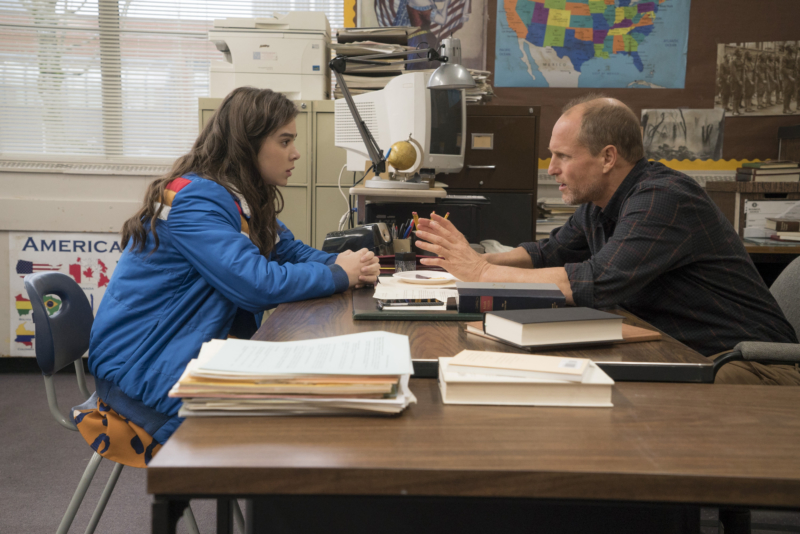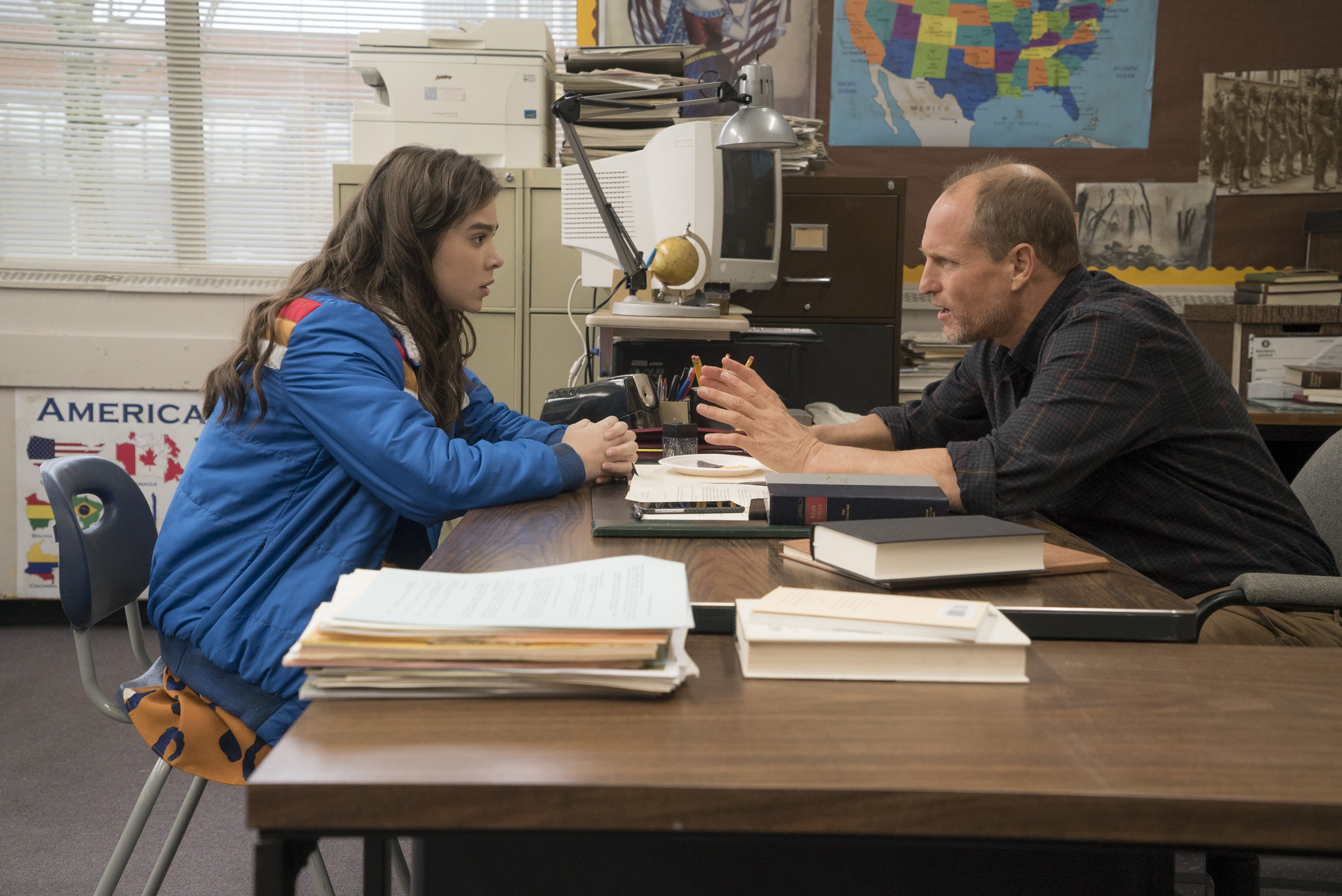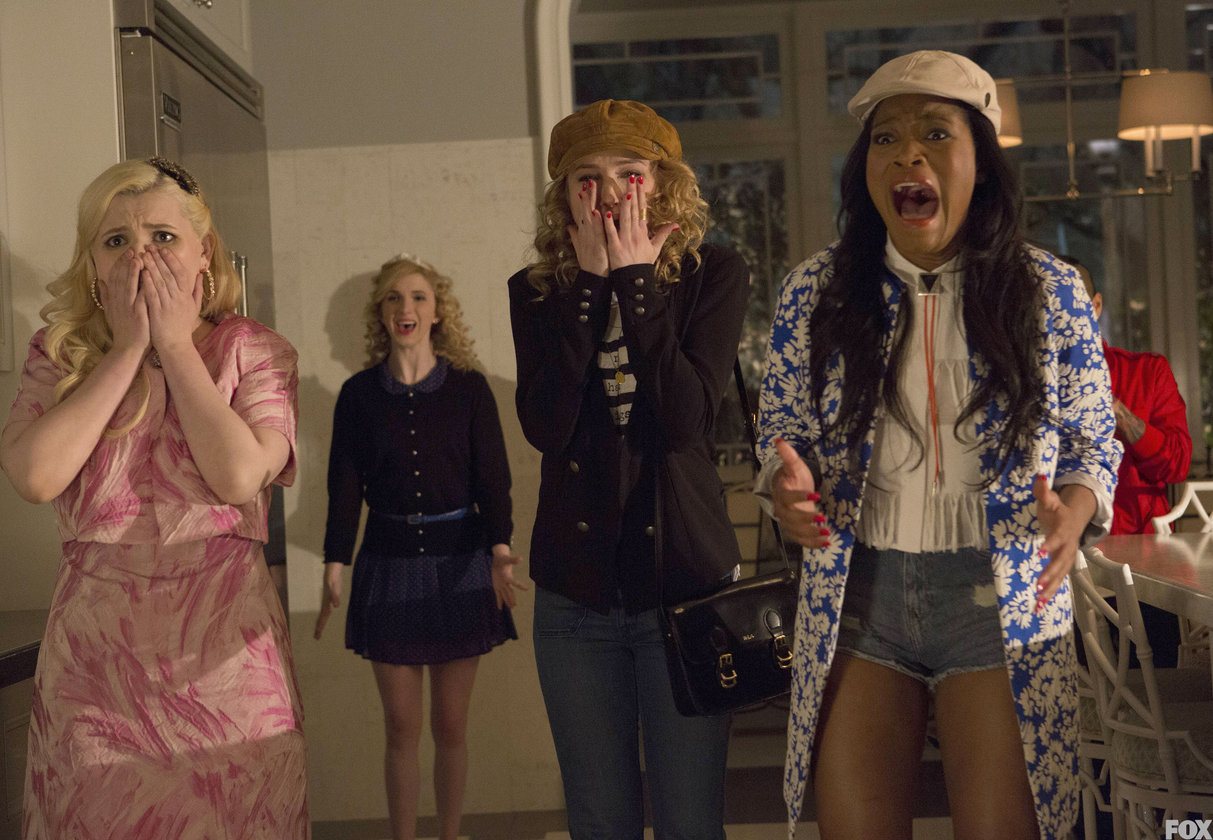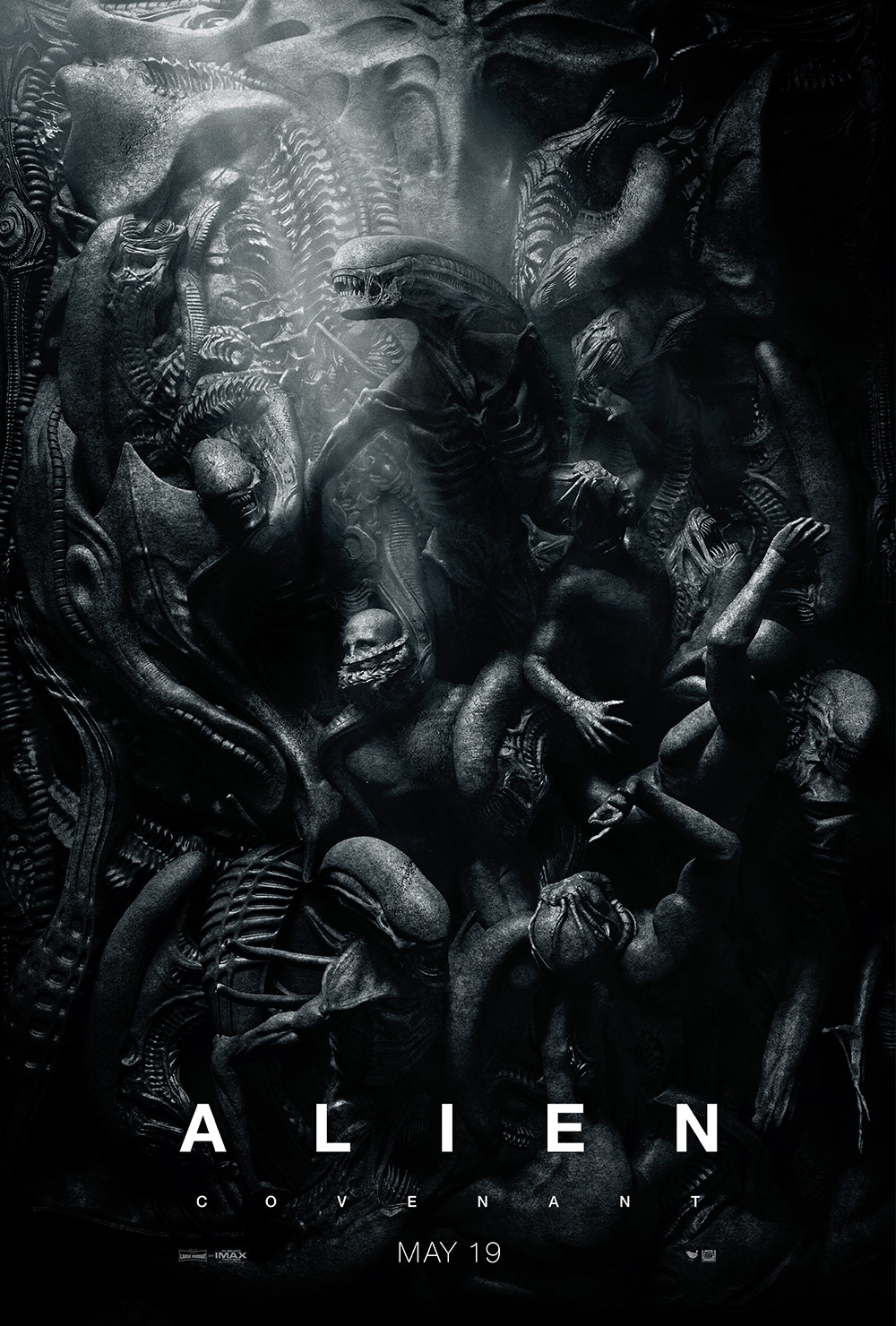“Edge of Seventeen” charms with unexpected depth

By Isabella Ainsworth,
BlueDevilHUB.com Editor-in-Chief–
These are the things I associate with “teen” movies: bad acting, cliché plots, painfully awkward lines and excruciating amounts of second-hand embarrassment.
Usually, these are the reasons that I hate “teen” movies. I used to think that trying to make a teen movie was like trying to make cookies out of sawdust— no matter how hard you tried, it would never be good, simply because the ingredients weren’t right.
But I was wrong.
Because the reasons that I won’t watch most teen movies were the reasons that I loved “The Edge of Seventeen.” Apparently, the ingredients for teen movies aren’t inherently bad. It just requires an immense amount of skill to pull them together in just the right amounts and make something beautiful.
“The Edge of Seventeen” is about 17 year-old and high school junior Nadine, played by Hallie Steinfeld. Steinfeld was nominated for an Oscar for her role in “True Grit.”
Nadine has a shaky relationship with her mother. Her father died when she was 13. She is resentful of her brother’s popularity.
The only person who “understands” her is her best friend Krista, played by Haley Lu Richardson. That is, Krista understands her until she starts dating Nadine’s brother and in Nadine’s mind, starts trying to ruin her life.
But it is wrong to say that the movie only centers on this brother and best friend relationship. Like all good stories, “The Edge of Seventeen” is actually about everything.
It deals with loss, with adolescent insecurity and awkwardness, with first loves, with self-hatred, with sibling rivalries, with unhappy mother-daughter relationships and the feeling that everyone else is happier and more well-adjusted than you are.
These universal themes are what many “teen” movies set out to achieve, but, because of bad acting or poor script writing, cannot accomplish. What sets “The Edge of Seventeen” apart is, first, the phenomenal acting of Steinfeld and second, its well-developed and thought-out script.
Steinfeld is playing “the misunderstood teen”– a cliché character. Many of the lines she says could, in the mouths of other actresses, seem trite and inauthentic. But in a very skilled manner Steinfeld adds an unwritten layer of depth to Nadine. Never once during the movie did I doubt the honesty of her character.
This authenticity is ultimately what makes Nadine relatable. Although Nadine is far from likeable, and the things she does (at one point, yelling at her history teacher that he doesn’t have a wife because bald men are gross) are unthinkable for many viewers, the sheer sincerity of her emotions redeems her. It is obvious that, imperfect as she is, she only wants to be happy and loved.
Because the plot is realistic, the script has to rely on well-developed characters instead of sensationalism. Archetypes are bent and shifted to produce three-dimensional characters: people who seem like they have lives outside of whatever narrative purpose they serve.
Nadine’s history teacher, for example, is less than inspirational. Instead of heartfelt speeches, he dishes out sarcasm and mean comments. Yet, Nadine still decides to divulge her secrets to him. In the end, he is the one who gives her support when she needs it.
Even Nadine’s brother, who is the flattest character in the movie, is one dimensional for a simple reason; if Nadine doesn’t understand her brother, the viewers shouldn’t either.
Finally, the flaws and originality of characters are what make them lovable. And the lovability of the characters is what makes the movie so good. It is hard to dislike a movie when, at the end of it, you wish that everyone in it could be your friend.
Some movies are meant to spark controversy, to break barriers, to pose new ideas. “The Edge of Seventeen” is not one of them. There is nothing revelatory about the movie. Instead, the movie just reflects everything that you already knew about life — in a highly entertaining way.




